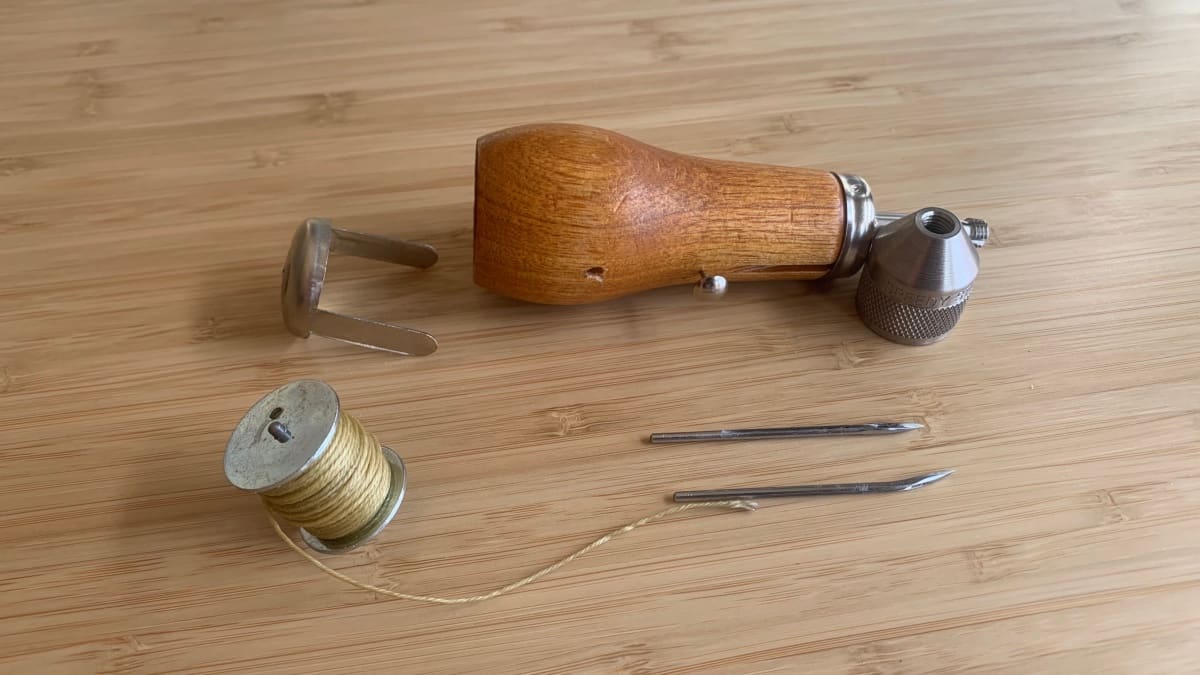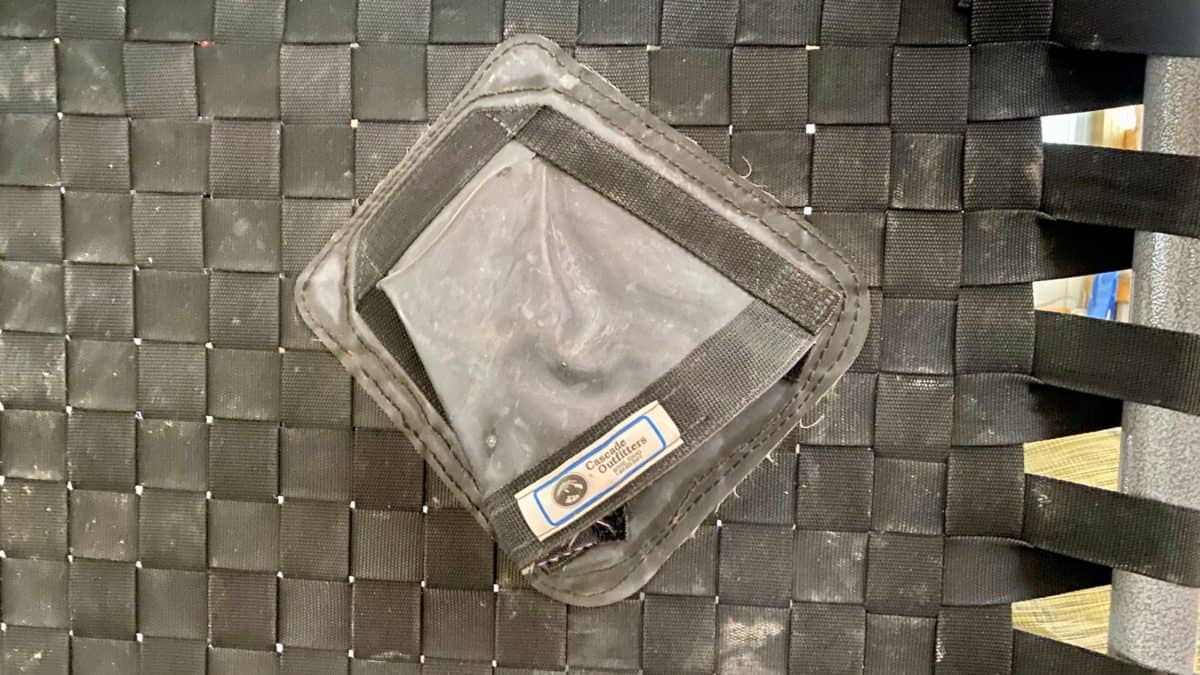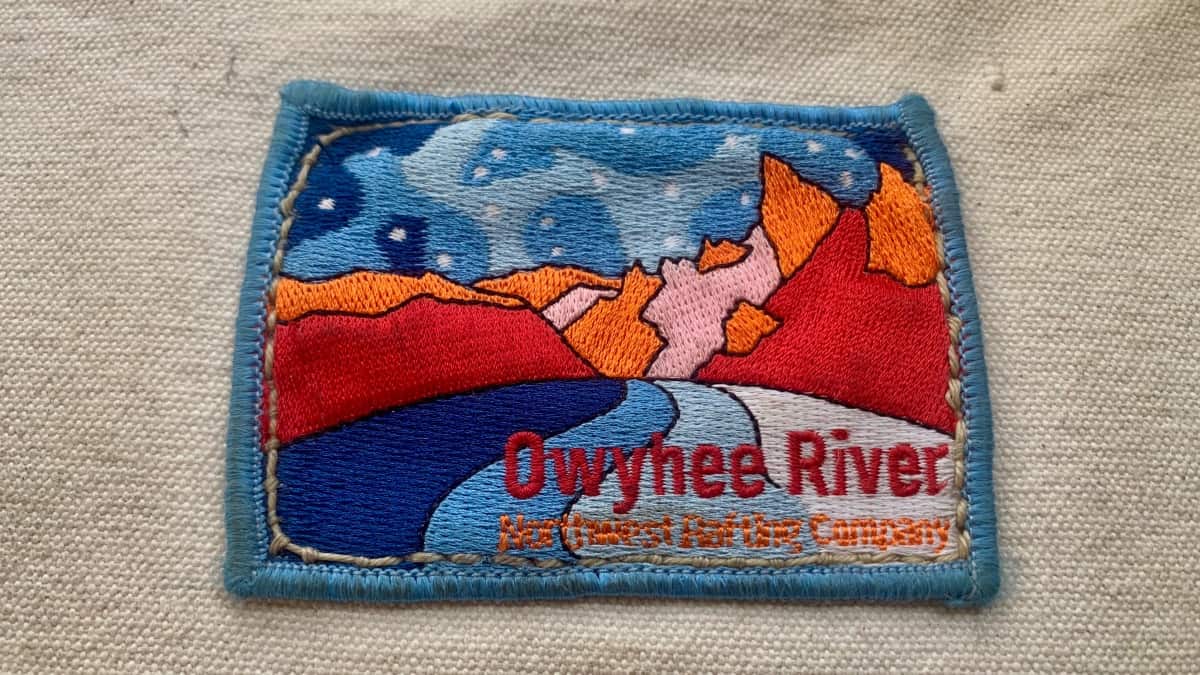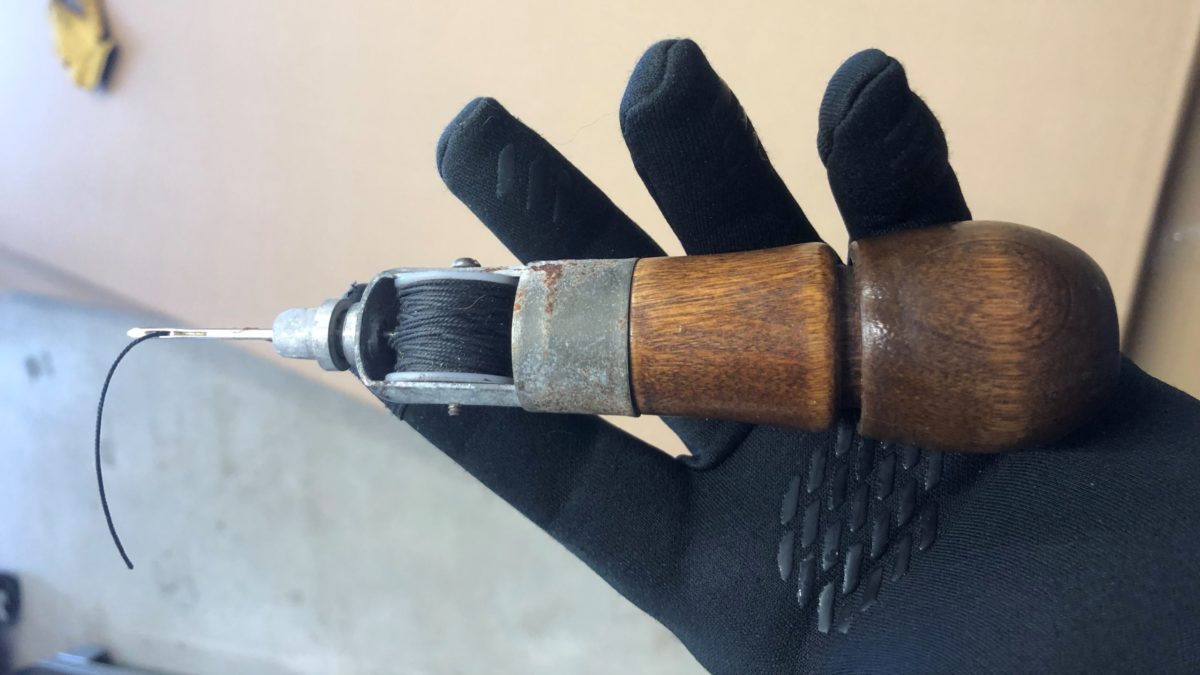Gear Review: Speedy Stitcher
On multi day rafting trips, it is a huge bummer to have your shoes fall apart or to rip your mesh gear bag. Unfortunately, these “heavy duty” materials are too thick to be repaired by normal needles and thread. This is where the Speedy Stitcher comes into play. This is a gear review on the speedy stitcher and how it can be useful in whitewater situations.
What is a speedy stitcher?
They are heavy duty wooden awls that are used as hand sewing tools that use diamond point needles and waxed twine. The thick needles are surprisingly strong and can punch through most fabric material. With the waxed twine, whatever is fixed is often more durable than before and does well in the water. I keep my speedy stitcher in my day bag and take it on any multi day trip (rafting or otherwise) to use when some piece of gear inevitably fails.
Are speedy stitchers easy to use?
Yes, once you know how to use, they are are fast and efficient little machines. It comes with very clear, simple instructions. It works like a sewing machine, but you have to thread the twine by hand. I recommend you practice using at home before in the field to get used to the technique. Because you have to hand thread the twine, you have to be able to access both sides of whatever you are sewing. Knowing your restraints with the device, will help you come up with creative ways to stitch to combat them. Here is a great instructional video if you are a visual learner.
How is it stored?
In the new design, the speedy stitchers are very compact and sleek. All of the bits and pieces fit inside the awl itself. It can be stored with the needles hidden so you do not risk puncturing something on accident. To avoid tangled twine, it is stored in a compartment on a spool at the blunt end of the stitcher. This holds a surprisingly ample amount of twine but I like to carry extra with me as back up. The only additional tool you will need to finish your speedy stitcher projects is a knife or scissors to cut the twine. Luckily, if you are working while on the river, you have (or should have) your river knife!

Steedy Stitcher taken apart
What Can Be Repaired?
The heavy duty Speedy Stitch sewing awl is perfect for fixing pretty much all of your boating gear. The heavy duty and sharp needle can be pushed through the thickest of material and the waxed thread add addition strength. Really small tears and holes in thin fabric are tricky to repair but it can be done. You can add a smaller needle to your kit for some more delicate repairs. Anything that has a hole or tear or needs a patch can be repaired.
River Shoe Repair
I am a huge fan of using Astrals while kayaking or rafting, but the seams tend to fall apart more than I would like to admit. To maximize their use, I have sewn the seams back up with a speedy stitcher. I was on a 21 day Grand Canyon trip a few Octobers ago and my friend’s shoes came apart. With no way to get another pair, I got out my speedy stitcher and sewed the seams back together. She was able to use them for the rest of the trip and for more trips after.
Mesh Floor Repair
I was working on the Futaleufu River in Chile rowing safety catarafts with mesh floors. Constantly stepping on the mesh floors was causing them to rip where they met the frame. Quickly before putting on the river one day, I got out my speedy stitcher to fix the floor. We had to put the raft up on its side and I was able to resew the ripped part of the floor and reinforce other parts that were starting to fail. It lasted through the rest of that season and the next.

Sewn on foot cup
You can also add items such as a foot cup onto mesh floors as well. You could even add mesh loops to your floor to make rigging easier.
Sewing Patches
My boss is a big fan of patches. We have a patch for each river we guide trips on and they are a fun treat for guests at the end of trips. I like to sew my patches on my gear bags, hats and purses. But, again, regular needles and thread are too flimsy to work with the thick patches. And so, the speedy stitcher comes to the rescue again. It is very easy to use and makes quick work of sewing my patches.

Quick sewn on parch
Above are just a couple of the items that Speedy Stitcher can fix. You can also repair tents, rain/shade tarts, bag straps, cam straps, huge raft tears, and so much more. This small tool is a perfect addiction to any repair kit.





